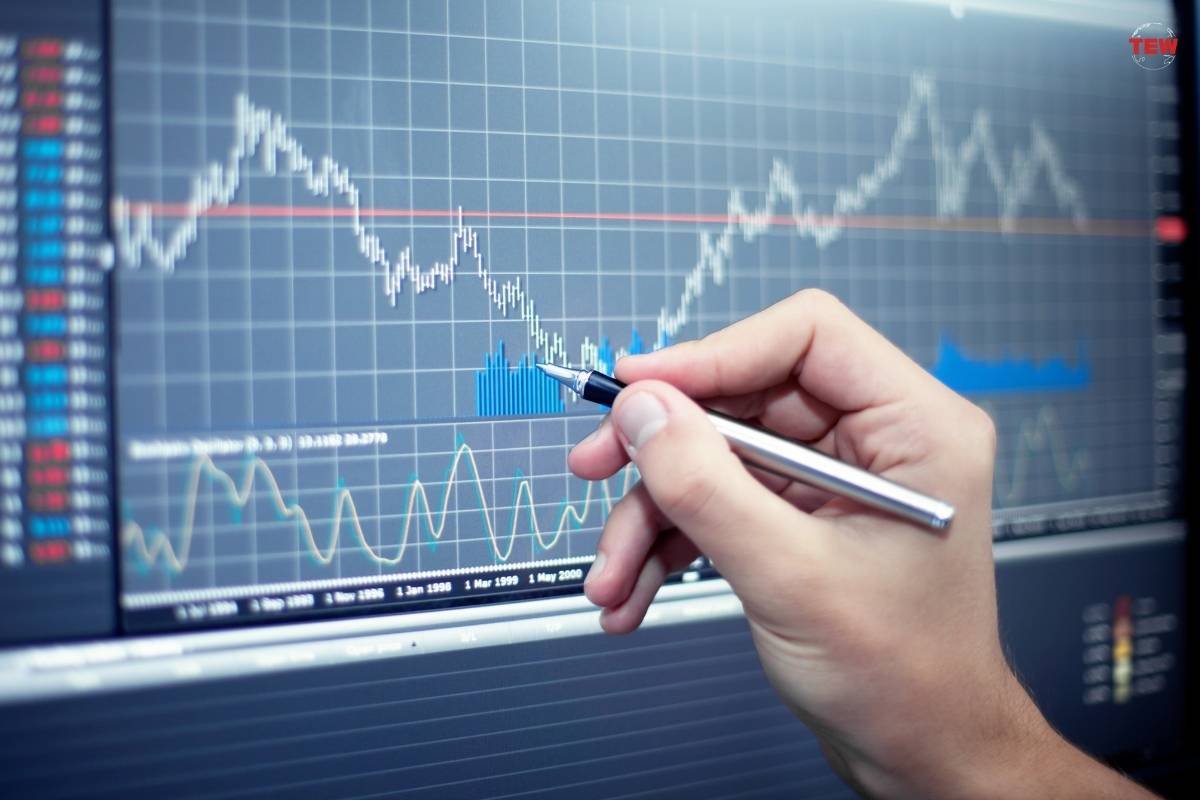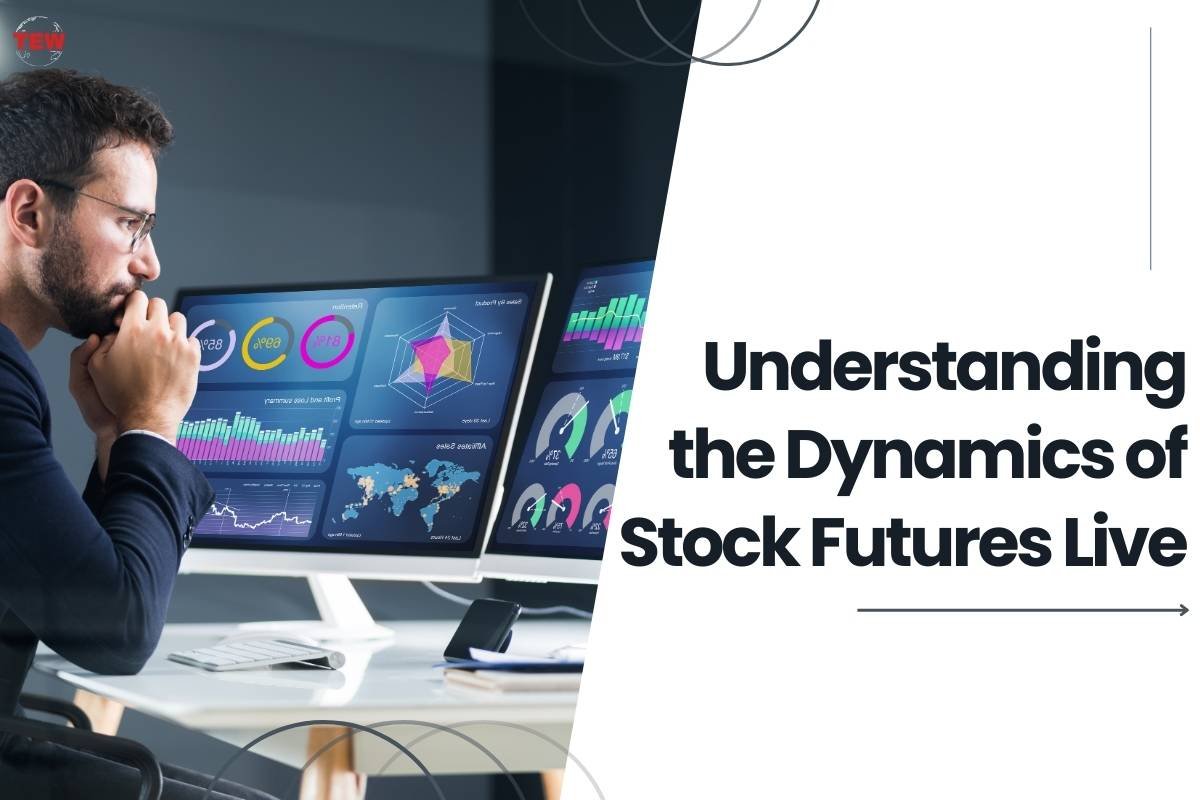In the ever-evolving world of finance, keeping a pulse on the market is crucial for investors seeking to make informed decisions. One of the tools that provides real-time insights into market expectations is “stock futures live.” In this article, we’ll delve into the dynamics of stock futures, exploring what they are, how they work, and why they matter in the world of finance.
Understanding Stock Futures:
Stock futures are financial contracts that derive their value from an underlying asset—in this case, stocks. Unlike traditional stocks, which represent ownership in a company, stock futures are agreements to buy or sell a specific amount of stock at a predetermined price on a future date. These contracts serve as a way for investors to speculate on the future direction of stock prices and manage risks associated with market fluctuations.
Live Market Updates:
Stock futures live refers to real-time updates on the current prices and performance of these futures contracts. Investors, traders, and financial professionals use this information to gauge market sentiment, assess potential risks, and make timely decisions. The live aspect is crucial, as financial markets are highly dynamic and can be influenced by a myriad of factors, ranging from economic indicators to geopolitical events.
Key Components of Stock Futures Live:
Contract Specifications:
Ticker Symbols: Each stock futures contract is associated with a unique ticker symbol that represents the underlying asset. For example, the ticker symbol for S&P 500 futures is ES (E-mini S&P 500).
Expiry Dates: Stock futures have expiration dates, indicating when the contract will be settled. Different contracts may have varying expiry dates, allowing investors to choose contracts that align with their investment horizon.
Real-Time Prices:

Bid and Ask Prices: Stock futures live platforms display the bid (the highest price a buyer is willing to pay) and ask (the lowest price a seller is willing to accept) prices. The difference between these prices is known as the spread.
Last Price Traded: This represents the most recent transaction price of the stock futures contract.
Performance Metrics:
Percentage Change: Stock futures live platforms provide information on the percentage change in the value of futures contracts compared to the previous day’s close. Positive changes indicate gains, while negative changes signify losses.
Volume and Open Interest: Volume indicates the total number of contracts traded, while open interest represents the total number of outstanding contracts. These metrics provide insights into market activity and liquidity.
Charting and Technical Analysis:
Candlestick and Line Charts: Stock futures live platforms often include interactive charts, allowing users to analyze historical price movements. Candlestick and line charts are popular tools for technical analysis.
Technical Indicators: Traders utilize indicators such as moving averages, relative strength index (RSI), and MACD (Moving Average Convergence Divergence) to identify trends and potential entry or exit points.
Importance of Stock Futures Live:
Market Sentiment:
By observing, investors gain real-time insights into market sentiment. Positive or negative movements in futures prices can indicate optimism or pessimism about the stock market’s future direction.
Risk Management:
These platforms enable investors to monitor and manage risks. By understanding how futures prices are behaving, investors can make informed decisions about adjusting their portfolios to mitigate potential losses.
Global Market Integration:

Stock futures are not limited to traditional trading hours. They provide a continuous market, allowing investors to react to global events and news impacting stock prices, even outside regular trading sessions.
Hedging Strategies:
Institutional investors often use stock futures as part of hedging strategies to protect their portfolios from adverse market movements. Live updates allow them to adjust their positions promptly based on market developments.
Economic Indicators and Events:
Such platforms play a pivotal role in helping investors respond to economic indicators and major events promptly. Unemployment reports, GDP figures, and geopolitical developments can trigger significant market movements. By monitoring stock futures in real-time, investors can make informed decisions based on the latest information.
Pre-market and After-hours Trading:
Traditional stock markets have set operating hours, but stock futures allow for extended trading sessions. Investors can engage in pre-market and after-hours trading, reacting to news releases or corporate earnings reports that occur outside regular market hours. Live futures data provides a real-time window into how the market is digesting such information.
Correlation with Spot Prices:
Understanding the relationship between stock futures and spot prices (current market prices) is crucial. Stock futures prices are often correlated with the direction of spot prices, providing traders with insights into potential market trends. This correlation can guide investors in making decisions about entering or exiting positions.
Liquidity and Order Book Depth:
Stock futures live platforms reveal the depth of the market through the order book. Liquidity, indicated by the number of buy and sell orders at various price levels, is crucial for executing trades without significant price impact. Monitoring order book depth in real-time helps investors gauge the market’s liquidity and potential slippage.
News Integration and Analysis:
Many live platforms integrate news feeds and analysis tools, offering a comprehensive view of market-moving events. Timely access to breaking news and expert analyses allows investors to stay ahead of market trends and make decisions based on a holistic understanding of current economic and financial conditions.
Algorithmic Trading Opportunities:

Stock futures live data is a treasure trove for algorithmic traders. Automated trading systems can leverage real-time information to execute trades based on predefined algorithms. The ability to react swiftly to changing market conditions is a key advantage for algorithmic traders, and platforms facilitate this high-frequency trading environment.
Intraday Strategies and Scalping:
Day traders and scalpers, who focus on short-term price movements, rely heavily on stock futures live data. The ability to track minute-to-minute price changes and execute rapid trades is essential for these traders. Real-time information on bid-ask spreads, volume, and price movements is critical for successful intraday strategies.
Educational Resources:
Stock futures live platforms often provide educational resources, including webinars, tutorials, and market analysis. For investors looking to deepen their understanding of futures trading, these resources can be invaluable. The availability of educational content enhances the accessibility of stock futures trading for both novice and experienced investors.
In conclusion, the world of stock futures is dynamic and multifaceted, offering a wealth of information for investors and traders.
Conclusion:
The real-time nature of futures data empowers market participants to make well-informed decisions, manage risks effectively, and capitalize on trading opportunities. As technology continues to advance, the role of stock futures live platforms in shaping the landscape of financial markets is likely to become even more pronounced, providing users with increasingly sophisticated tools for navigating the complexities of the global economy.




